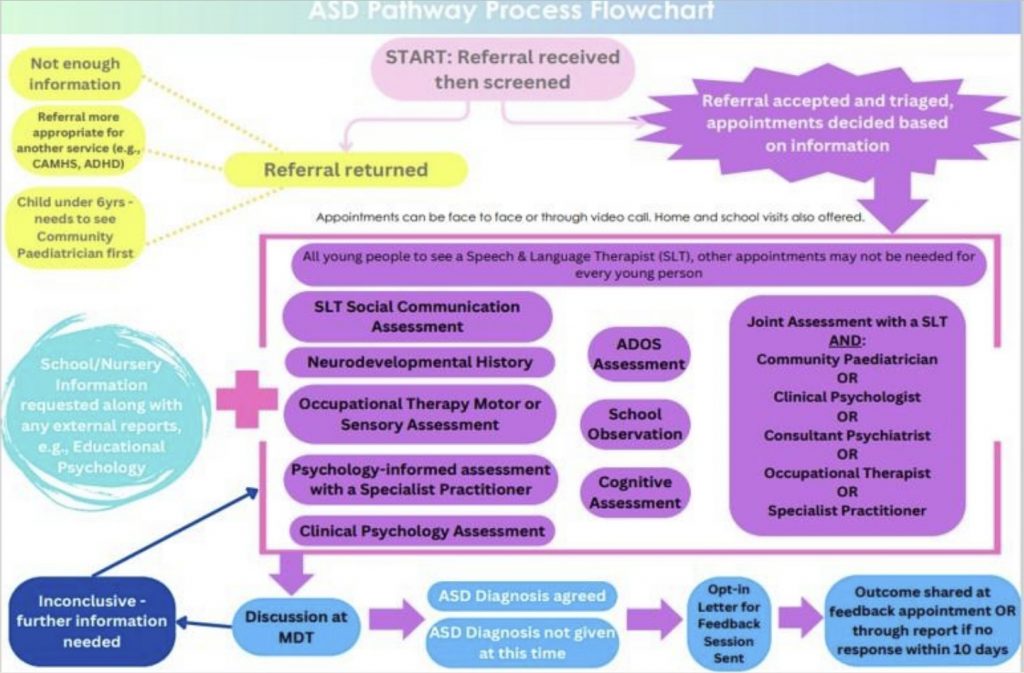ASD
Autism Spectrum Disorder (ASD) is a developmental condition that affects how children understand the world, communicate, and interact with others. It’s called a “spectrum” because every child with autism is unique — some may need more help than others, and each has their own strengths and challenges. Children with ASD might find it harder to understand social cues, make friends, or express themselves, and they may enjoy routines or have special interests that they focus on deeply. Many also experience the world differently through their senses, such as being sensitive to noise, lights, or certain textures. With the right support at home, in school, and in the community, children with autism can thrive, learn, and reach their full potential.
I think my child may have ASD, what will the school do?
First, if you feel your child may have ASD, please speak initially to your class teacher the open communication will allow us to complete the first part of the graduated approach. If concerns are still apparent a meeting will be organised with a member of the SEN team and a referral to the ASD Department at Alder Hey may be made.
In Liverpool, if parents or teachers think a child may have Autism Spectrum Disorder (ASD), they can speak to the child’s GP or school, who can make a referral to the local NHS autism team at Alder Hey Children’s Hospital. After the referral, the child will be invited to an autism assessment. This usually involves several steps, such as gathering information about the child’s development, talking to parents and teachers, and observing the child’s behaviour and communication. Specialists like doctors, psychologists, and speech and language therapists may be involved. They use different tools, such as play-based sessions and questionnaires, to understand the child’s strengths and difficulties. Once the assessments are complete, families are invited to a meeting to discuss the results and find out if their child has autism. Parents will also receive a report and information about support services, next steps, and how to access help at home and school.
